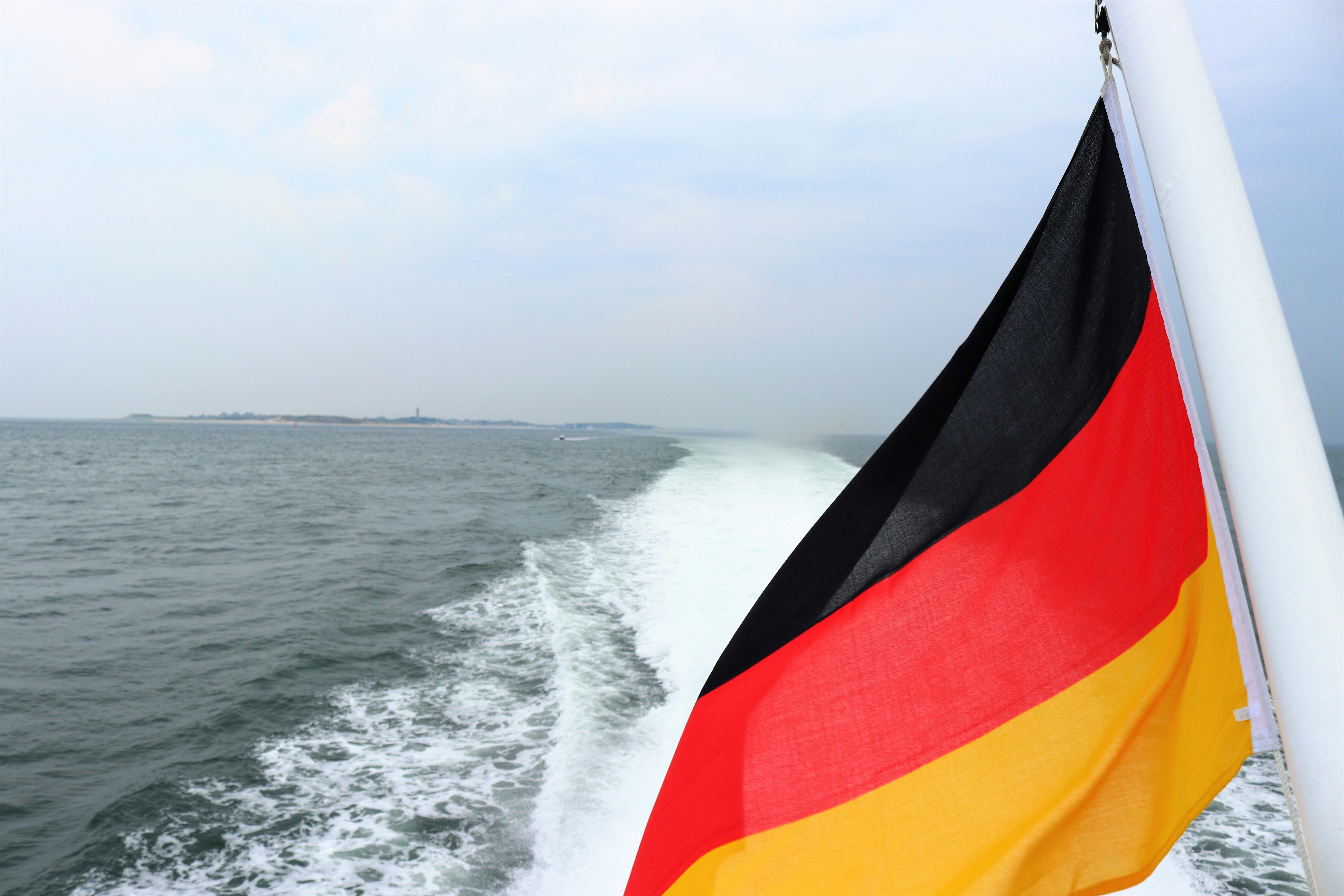Accounting for 51% of Germany’s ecommerce mix, online marketplaces recorded sales of €45.9 billion in 2022. Although 9% less than the previous year, the EU’s most populous country is still one of the world’s largest online marketplace hubs with over three-quarters of the 84 million population ordering online at least once per month (42.5% shop more than once per week).
However, expanding your presence on German marketplaces requires a clear strategy that takes into account local nuances. Here’s what you need to do.
Germany marketplaces overview
Between 2015 and 2020, the number of online marketplaces doubled in the German-dominated DACH region (Germany, Austria and Switzerland). Despite the influx of new challengers, Amazon.de remains the go-to marketplace for Germans accounting for 52% of desktop marketplace visits and racking up 440 million monthly visits. But Germany is also home to a wide array of other general and specific marketplaces - such as Kleinanzeigen.de (general), Otto (fashion and lifestyle), MediaMarkt.de (electronics and appliances) and Zalando (fashion) - that attract over 20 million monthly visitors too.
But German marketplace popularity comes at a cost with customers known for having high expectations when it comes to delivery and returns. To give your brand the best chance of making a splash in Germany, follow these three steps.
1) Pinpoint your short-term objectives
To ensure a streamlined expansion strategy, first decide what you want to achieve over a 1-2 year period. This will help you select which German marketplace channels are suitable and viable (and eventually profitable) for your goals.
- Suitability. Create a ranked shortlist of 3-5 marketplaces that are best-suited to your objectives. This could be acquiring new German customers, clearing last season’s stock, building brand awareness or even gathering market intelligence before the release of a new product.
- Viability. Germany is a federal republic spread over 16 states where over three-quarters of the population live in urban environments. Before expanding into the market, consider the viability of delivery & returns, order fulfilment, federal taxes and country-specific regulations for your products.
- Profitability. Ultimately your expansion objectives should lead to profitability. For instance, if the costs of managing high levels of returns or adhering to tough compliance rules are unsustainable for your business, it might be worth reconsidering your objectives.
Check out our blog for more in-depth advice on suitability, viability and profitability.
2) Choose marketplaces aligned to your aims
If you sell clothing, Zalando is likely on your radar. If you sell a general range of products, Kaufland may be a better bet. With such a wide spread of general and sector-specific marketplaces in Germany, you need to focus on marketplaces most compatible with your goals.
To whittle down your marketplace shortlist, score the channels based on financial, product, regulatory and operational factors.
- Financial. From commission rates and selling fees to warehousing costs and platform ad spend, analyse the key costs involved with each of your shortlisted marketplaces.
- Product. Offer business products? Check out Conrad. Sell musical equipment? Look at Thomann. If marketplaces specialise in your products, you’re more likely to find an interested audience.
- Regulatory. Be it listing product content in German or paying the right VAT rate (ranging from 7-19% in Germany), check the marketplaces’ regulations and country-specific tax rules.
- Operational. Do you need a marketplace that covers all aspects of fulfilment or are you well set-up to process orders in-house? Not all marketplaces operate the same way, so find one that suits your style.
Remember: even if you sell on eBay or Amazon in the UK, the German entities are likely to have different costs and rules, and require specific selling accounts for the German site.
Read this blog to help you choose the right marketplaces in Germany.
3) Localise for the German market
German marketplaces and customers have their own particular nuances. To expand your German channel presence successfully, localising your approach is a must. Here are five areas to think about.
- Language. German is spoken by 95% of citizens and most marketplaces require sellers to provide product listings (and occasionally customer support) in German, but English is the official language of many German businesses (and spoken by a third of the population), so think about who you are targeting.
- Content. From titles and terminology to images and formatting, tweak the content of product listings for the German market. For example, use German expressions (not translated English colloquialisms) and subtitle or dub any English-language product videos.
- Measurements. Germany predominantly uses the metric system of litres, kilos and kilometres, but also has its own specialised variants, such as a Pfund (500 grams). If you’re selling clothing, make sure to use European shoe sizes and that your small, medium and large correspond to German garment sizing.
- Deliveries & returns. Germany is the ‘European capital of returns’. Not only do 67% of German ecommerce shoppers consider free shipping the most important part of the ‘last mile’ shopping experience (and 70% expect delivery in two days), but one quarter of online goods are sent back (rising to as high as 70% according to one fashion retailer). As such, create a bespoke delivery and returns policy for Germany.
- Pricing and payments. German localisation is not just about euro conversions: Germans are also looking for competitively-priced products that can be bought via Paypal (the preferred online payment method for 57% of German shoppers).
For more information on localisation, check out how to nail your marketplace location strategy and optimise product listings for local marketplaces.
Seek German marketplace expertise
Germany may be the biggest country in the EU, but it doesn’t operate in the same way as other EU markets. From understanding the nuances of German marketplaces to tweaking your operations for German customers, get in touch with Rich Insight for advice on expanding your marketplace presence in Germany.





Blog Comments